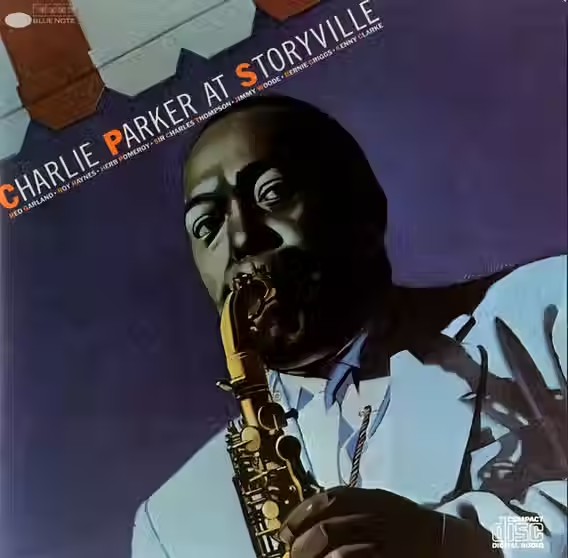"An Eye in the Door," short story excerpt
- Colin Fleming

- Aug 1, 2022
- 3 min read
Monday 8/1/22
This story was told to me in the town where I grew up, but then again, it was told to everyone, or else you happened upon it, the same way you eventually got to fourth grade or came down with the chicken pox. The story was told on playgrounds and at sleepovers and on summer days when the activities you dreamed about at the end of the school year had been exhausted and everyone had had their fill. You’d lying on someone’s lawn with your friends searching for tales to tell—things you overheard, scraps you remembered—in that lazy day fashion of trying to make everyone else’s mouth hang open, and stay that way.
It was a one-of-everything town. That is, everything existed without competition, a business by business succession of mini-monopolies. There was one laundromat. One grocery store. One place for a haircut. One place for ice cream, with the sugary wares being confected on the premises. A classic New England outpost that would always remain rural, with outsiders instantly identified the moment the word “suburbs” crossed the threshold of their lips.
You had a Main Street with most of the shops. Main Street led out to a village green. The grammar school was on one side of this tamed Elysian field with a gazebo at its center like some protruding, cream-white bellybutton. The library on another, with a greasy spoon alongside, and a grass alley between them. The grass alley continued on its way, getting clear of the buildings and tapering into a ridge-buttressed hollow that was more like a basin. Every kid who ever lived in this spot had their first “for real” ride on a sled here, and in the summer you could dig up the plumpest earthworms in the basin’s soil—it was like they harbored ambitions to fill out into snakes—and use them for fishing at the pond that was off of the village green behind the church, which could be hit from that distance with a rock, if someone was dishing out the dares that day.
A small cemetery that used to be a family’s bean plot way back was on the third side. The cemetery always seemed to be submerged in shade. The ever-undulating shadows. I can’t ever remember looking at the ten or twelve rows of buried dead in the summer—because that’s all there was until a subsequent expansion, as if the town planners thought death would be scarce here, or could be dealt with later—and not thinking it was a good place for a nap. Every year at school we’d cross the street and do gravestone rubbings, and the kids who were bad at art got to be decent for an afternoon. There were lots of pine cones on the ground, though most of the trees—and there weren’t many that managed to create this ever-present shade—were oaks and elms. You didn’t question the presence of the pine cones, though. It was more that that was were they belonged, and so there they were.
The church faced the school on the remaining side of the village green, the tallest building in town when it was erected, the same as now. It’ll always be that way, I figure. Towns of this kind live by strange commandments dictated and enforced by the fates. There’s a mystery to the native, embedded tranquility. You’re either the type of person who finds comfort in this, or it unsettles you. That’ll be influenced—touched—by where you’ve lived before. What you’ve seen of other parts of the world. What you’ve taken with you. What you’ve left behind. And what you’ve gone back for.




Comments